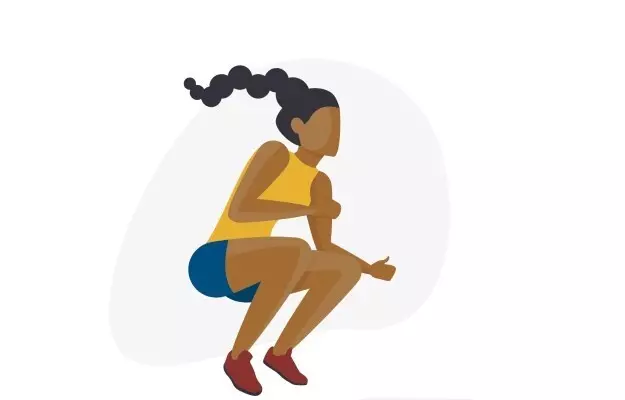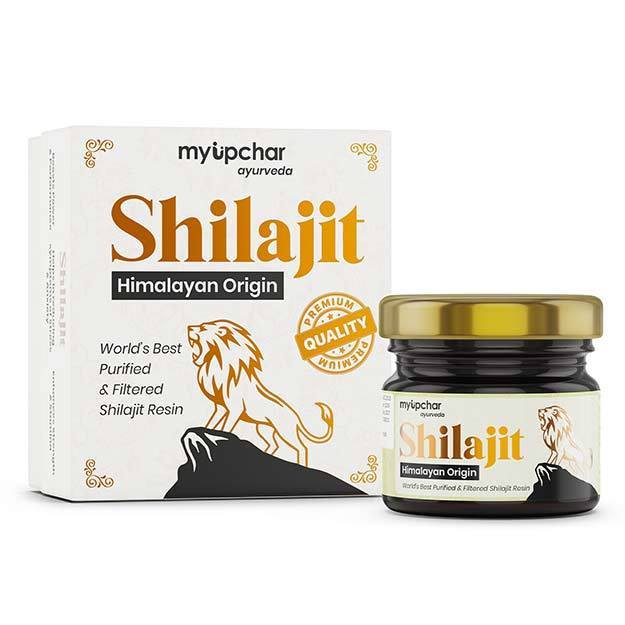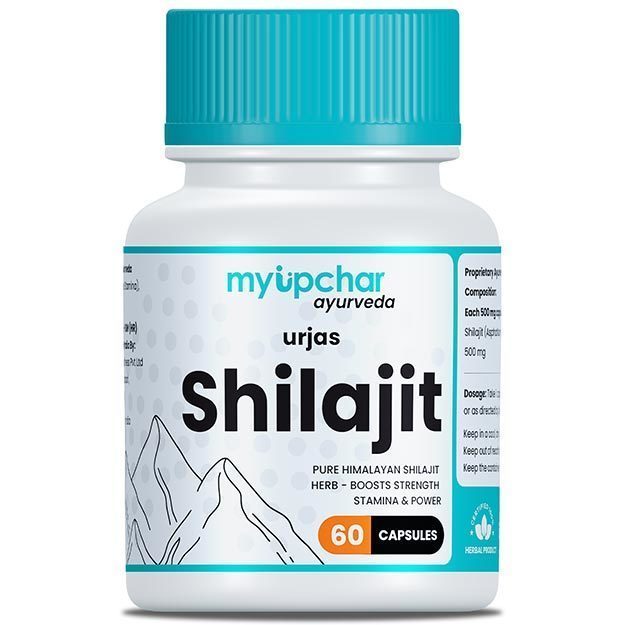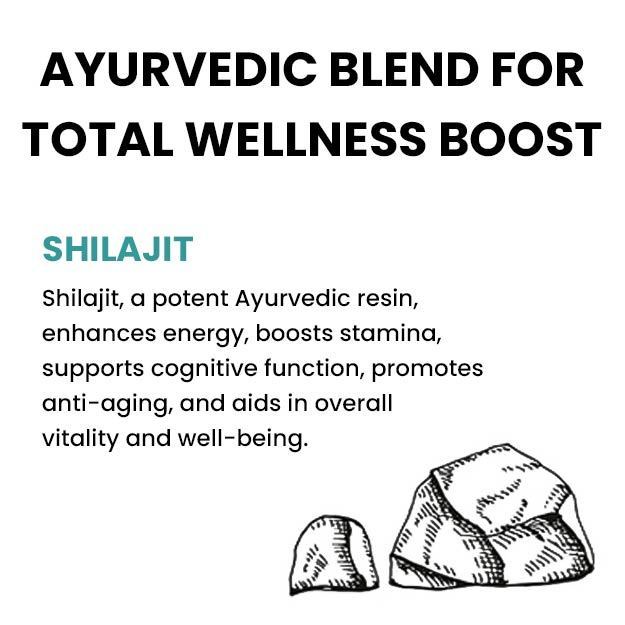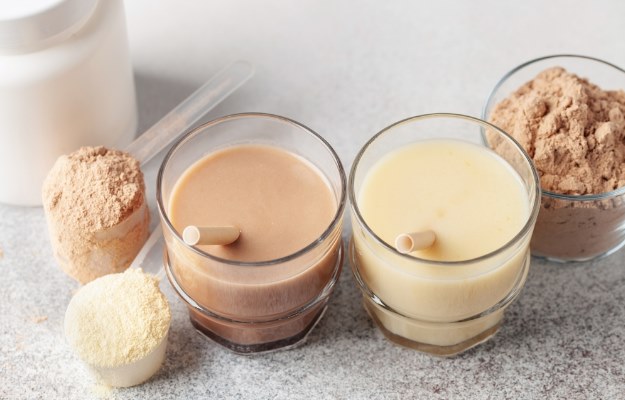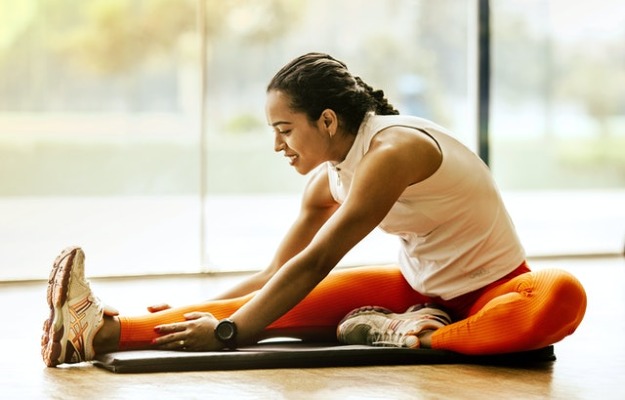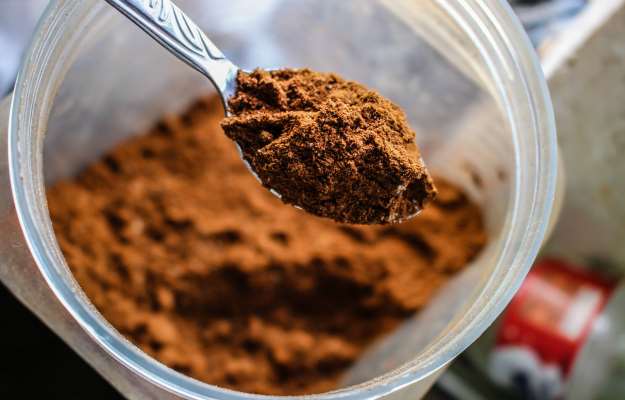While modern fitness trends in India have been influenced by training methods introduced by the West, classical exercise and training methods have long been the source of inspiration for fitness professionals living on the other side of the globe. Yoga is a prime example of this cross-over, as it became a trendy practice in India only after it was popularised in the West.
India's history with physical movements dates back centuries with yoga and meditation, and even wrestling (kushti) and other exercising techniques having been made popular here. The mud pits where India's iconic wrestlers like Gama or Dara Singh cut their teeth, or kabaddi players who popularised the sport came from, were relegated to the pages of history until the emergence of modern wrestlers winning medals at international events and the glamourised versions of kabaddi became television mainstays.
The workouts immortalized by the famed wrestlers of the past have been making a resurgence through the spread of the internet, and geniune intrigue of fitness professionals worldwide. Behind the mountainous physique of those wrestlers were thousands of uthak baithaks, more commonly known as the Hindu squats. Yes, its history goes beyond the walls of classrooms where students would be made to perform those as a means of punishment.
Hindu squats have been incorporated in several workouts and exercise regimes around the world and are known to be effective and efficient, arguably more than conventional squats. The exaggerated movements employed in the Hindu squats make it more complex besides working on multiple joints and muscles of the body.

